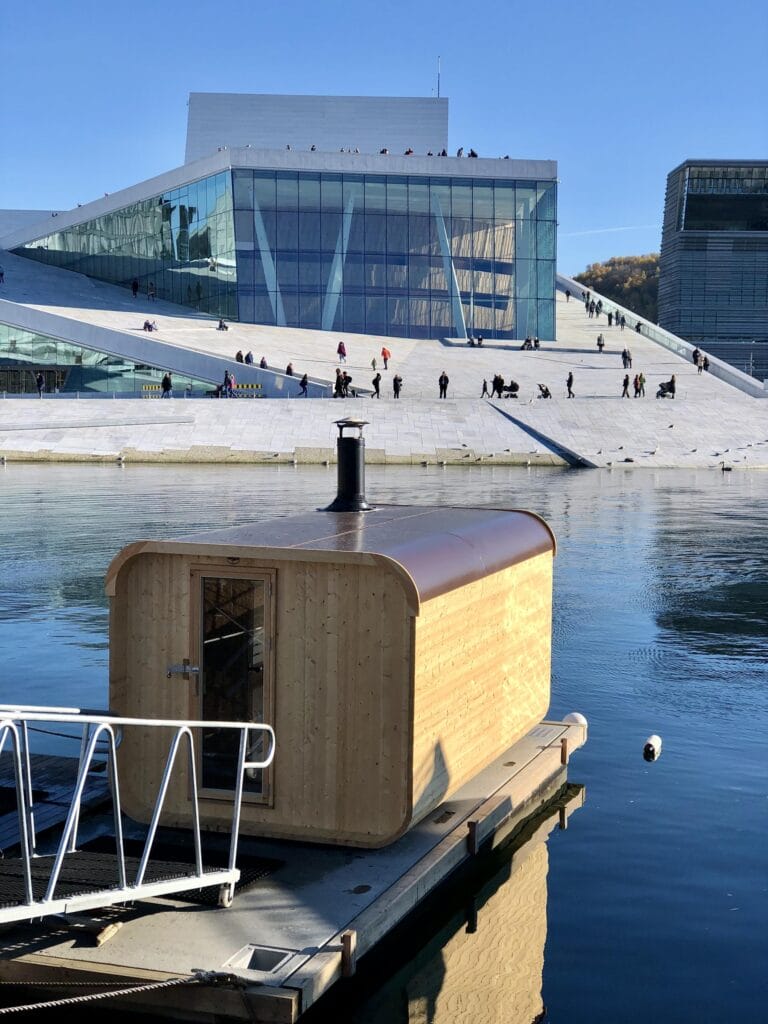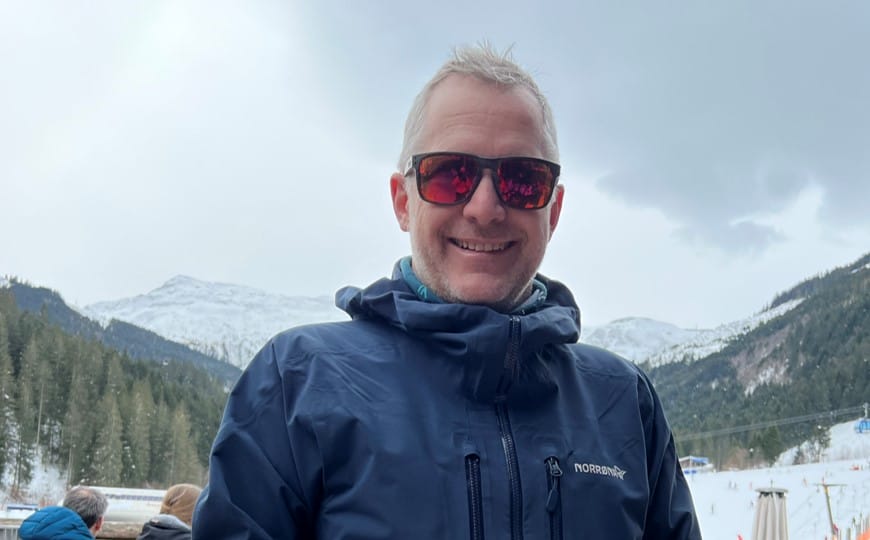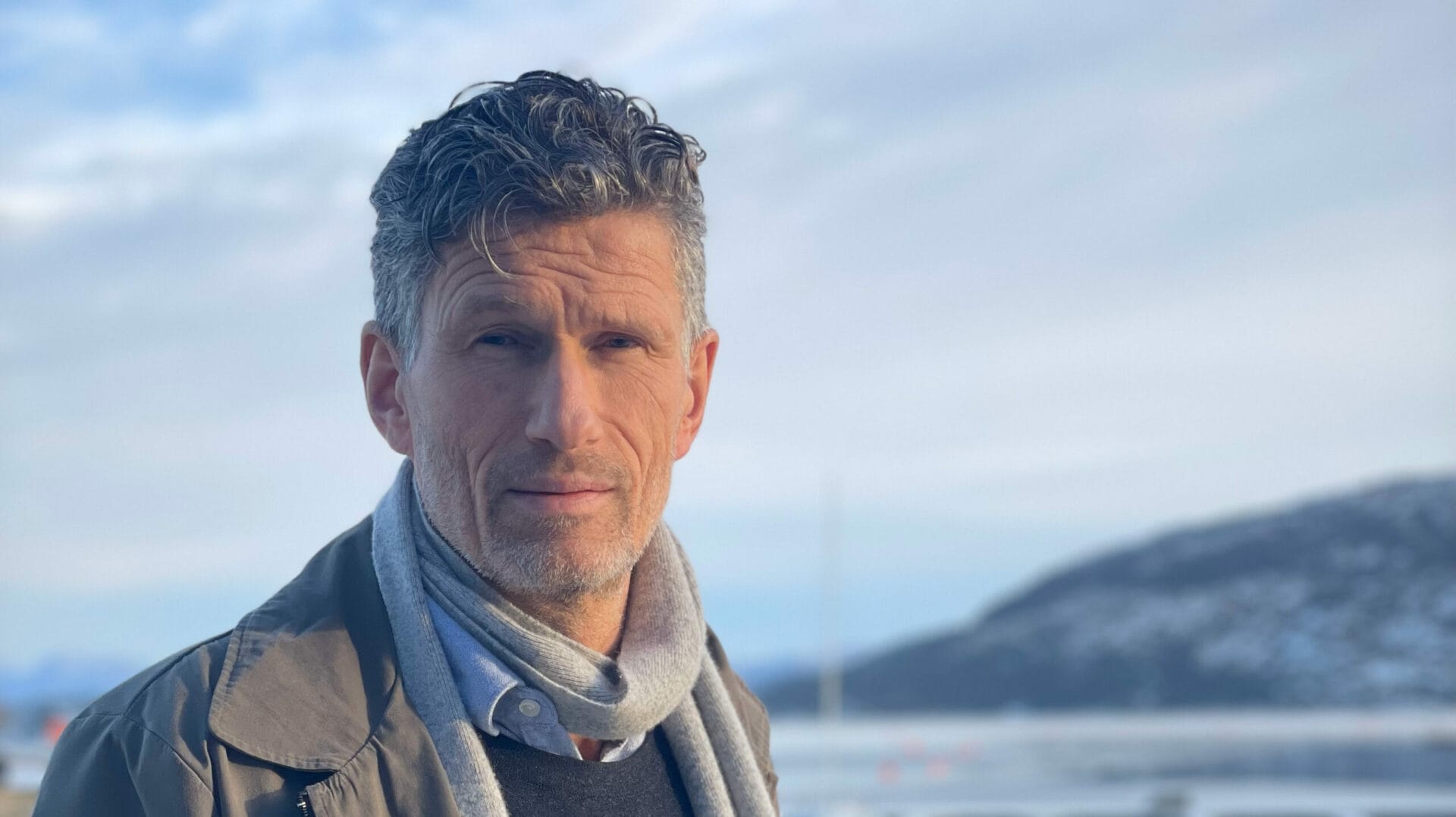
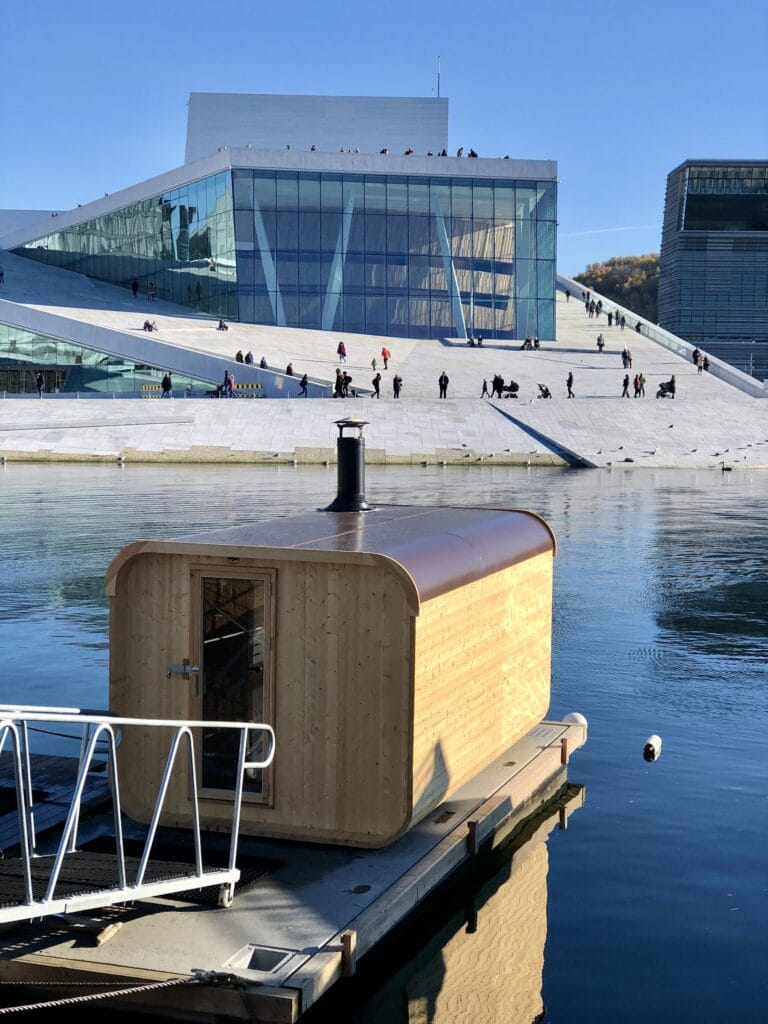
- 9. November 2023
- By:Oda Nødtvedt
Customer stories
Taking the Plunge
Sauna and ice bathing have become a popular trend in Norway. Never before have so many cold dips been documented on social media. However, this activity comes with inherent risks. Swimming, diving, jumping, boat traffic, and events in jovial company can challenge safety. We’ve taken a critical look at safety management.
Ragna Marie Fjeld from Oslo Badstueforening explains that the association started in 2016 with a group of enthusiasts who built a sauna raft using driftwood from Bjørvika.
-As interest in ice bathing grew, the association reached new heights. It’s a voluntary organization with a lot of enthusiasm and drive that has achieved a lot in a short time. One raft quickly turned into three, and there’s high activity at all of them. Various concepts and events are offered with the sauna rafts, says Fjeld.
-It’s crucial to scrutinize the management system to ensure you’re on the right track. Here, it was particularly important to focus on personal safety for both guests and staff.
Small in number, big in responsibility
With growth comes the need for safety and management. Sauna activities inherently carry risks. Oslo Sauna Association sought an impartial third party to assess their safety measures.
-It has been a pleasure to assist the Oslo Sauna Association with a critical look at their safety management, says our own diving expert and senior consultant, Hanne-Marit Berge at Proactima.
Berge adds that it was especially nice to see that the focus on safety was so pervasive, from governing documents and leadership to those out on the sauna rafts.
-The fact that they managed to implement this throughout speaks volumes about the strong culture in the association and the professionalism in their operations, says Berge.
Informal yet systematic and traceable
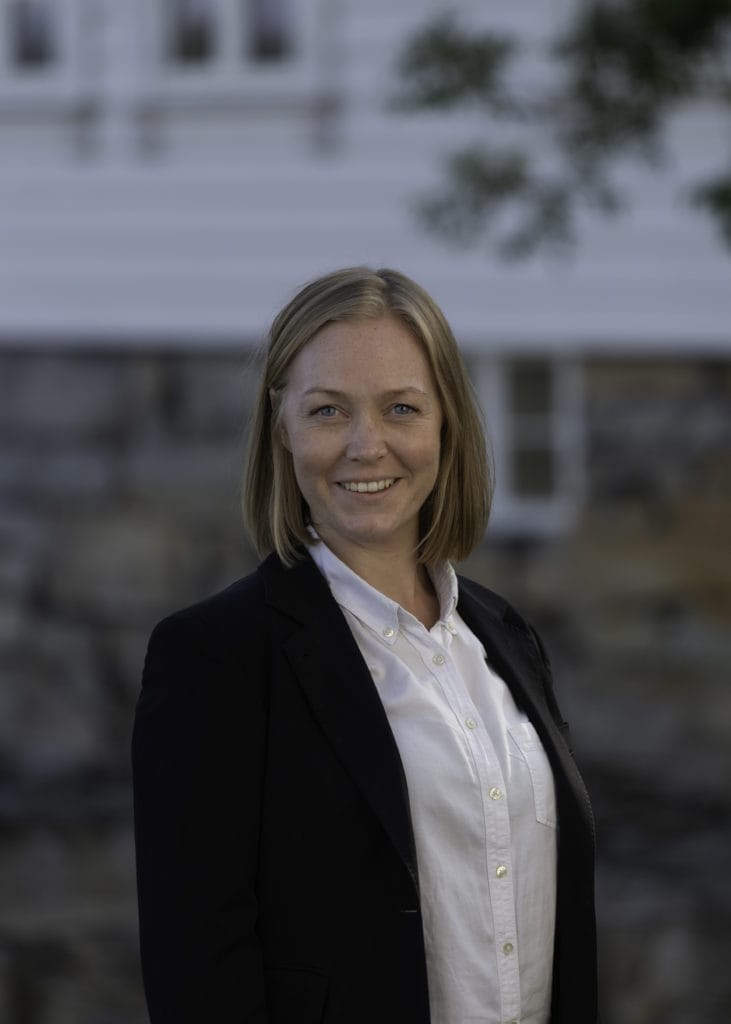
Berge explains the process.
-We found an approach that suited them, while providing systematicity, structure, and traceability in what we did. We always base our work on recognized standards, relevant regulations, and legal frameworks. Here, we borrowed from the audit format and opted for a looser and more informal approach.
Relevant regulations, documentation, and interviews with selected roles such as representatives and sauna masters were conducted.
Berge further explains how a dynamic organization like the sauna association requires a dynamic approach.
-We managed to reduce formality but maintain the structure and work method to check and confirm their compliance with legal requirements. This made it more informal, which suited the dynamic nature of Oslo Sauna Association. The loose and informal approach lowered the threshold and seriousness when interviewing those involved. We engaged and involved the staff, receiving feedback on their perception of what the association does, how it’s done, and who we are, concludes Berge.
